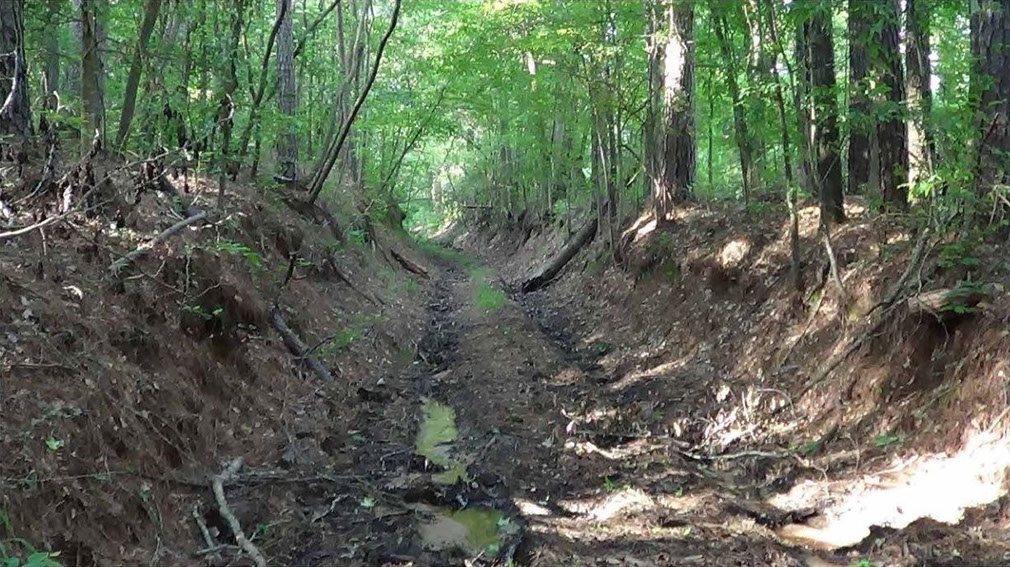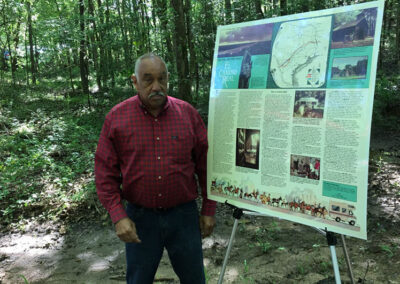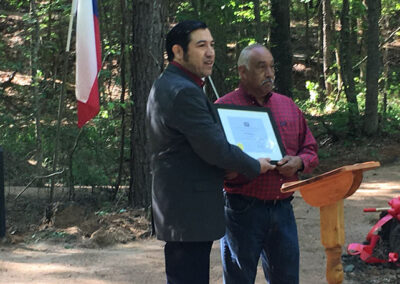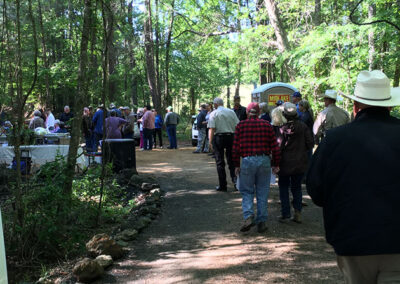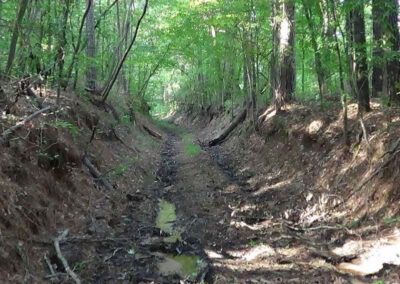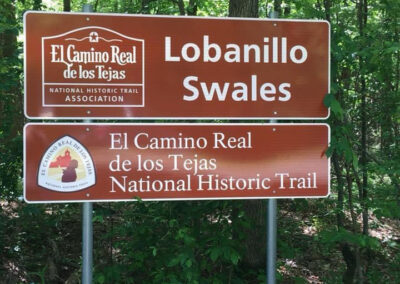Traveling Highway 21 West? Don’t miss the Lobanillo “Swales” into no-man’s Land. The scenic trail and walkway opened to the public in 2018, and is a National Treasure.
#followthetrail
Local Historian and current President of the Sabine County Historical Commission, Weldon McDaniel explained to National Parks and Wildlife Video Producer Allen Fisher, that researchers and archaeologist have dated pottery along with many other items found during excavation to the late 1500s, and early 1600s. And for Native Americans along the Sabine River those dates go back much earlier.
Filmmakers and writers, along with a surveying team from the National Park Service toured not only the local Lobanillo Swales, along the El Camino Real de los Tejas but several other locations including the historic Sabine County Courthouse, and the Gaines-Oliphint House.
All of which became points of interest as the newly designated National Trail winds its way through Sabine County. The trail carries visitors through 300 years of Louisiana and Texas frontier settlements and development along the Spanish colonial “royal road”, which originally extended to Mexico City, Mexico.
The footage in Sabine County will be part of a documentary about history and archaeological sites south along modern-day Highway 21. It takes a couple of twist along the way.
The footage in Sabine County will be part of a PBS Documentary featuring the landmarks along the historic El Camino Real los de Tejas is initially scheduled to air on networks in October 2017.
Early Americans emigrating south into the Republic of Texas were not the first to make their way through the hills of East Texas, green-covered red dirt mounds and thick pine forest to the Promised Land. Many stayed and called Sabine County, along with the other 11 East Texas counties home.
The historic “Swales” as referred to by the US Parks Service, or wagon tracks here in the south, lay along the historic El Camino los De Tejas. In Sabine County the wagon tracks could clearly be seen as GPS experts.
“The Swales were clearly visible and are some of the most preserved in the United States,” Historian Weldon McDaniel said.
At the site of the Lobanillo Swales National Forest Service marked off an area to be developed into a parking lot overlooking the site.

